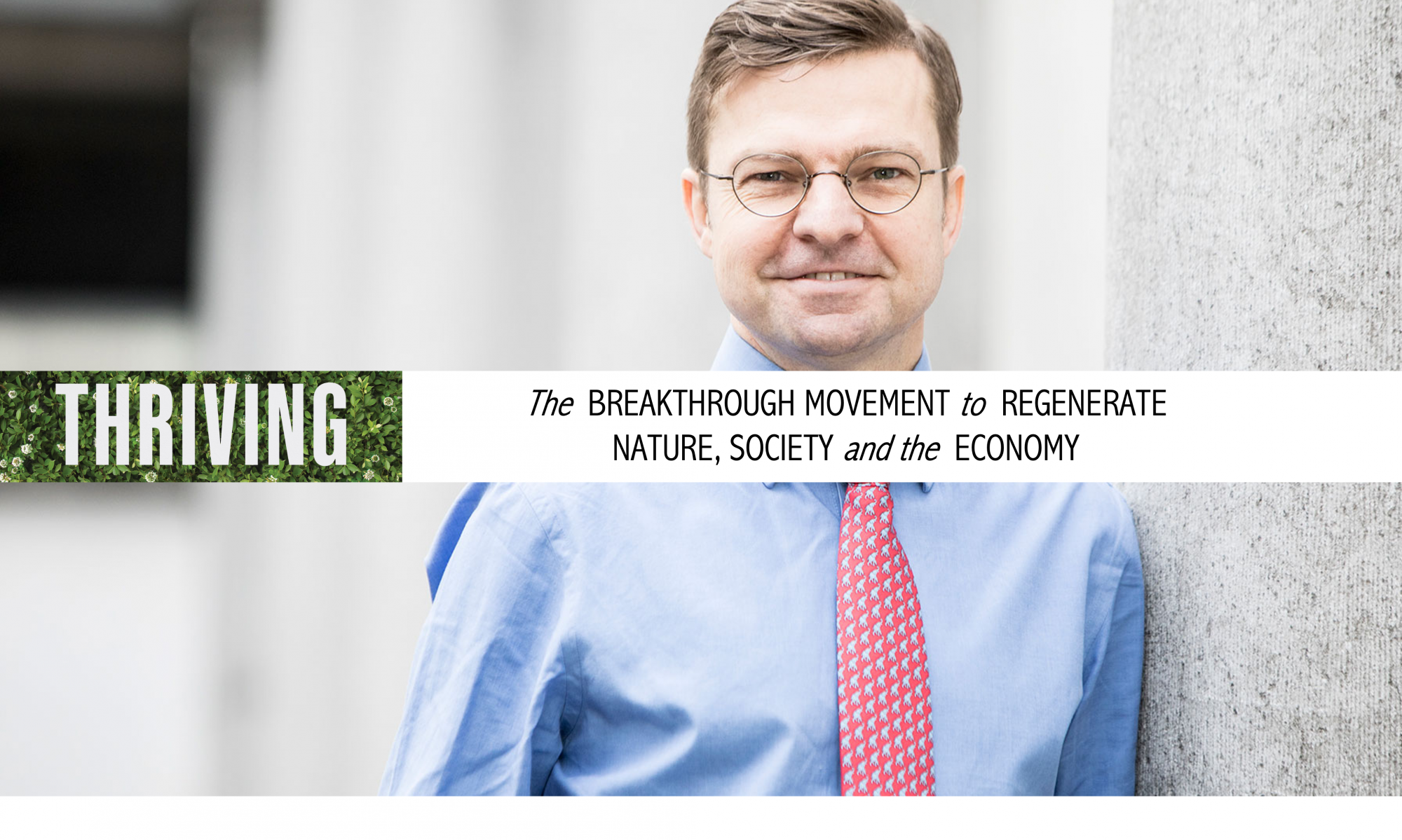The Creative Destruction Revolution
Blog by Wayne Visser
Part 7 of 13 in the Age of Responsibility Blog Series for CSRwire.
One of the key theories on creativity is creative destruction. The concept is most associated with Joseph Schumpeter, following his 1942 book Capitalism, Socialism and Democracy, in which he described creative destruction as ‘the process of industrial mutation that incessantly revolutionizes the economic structure from within, incessantly destroying the old one, incessantly creating a new one … [The process] must be seen in its role in the perennial gale of creative destruction; it cannot be understood on the hypothesis that there is a perennial lull.’
The idea, of course, is much older. In Hinduism, the goddess Shiva is simultaneously the creator and destroyer of worlds. In modern times, the German sociologist Werner Sombart described the process in 1913, saying ‘from destruction a new spirit of creation arises; the scarcity of wood and the needs of everyday life … forced the discovery or invention of substitutes for wood, forced the use of coal for heating, forced the invention of coke for the production of iron.’ Even Marx and Engels had a go at describing the process in their Communist Manifesto, stating that ‘constant revolutionizing of production, uninterrupted disturbance of all social conditions, everlasting uncertainty and agitation distinguish the bourgeois epoch from all earlier ones. … All that is solid melts into air.’
The idea of melting solids is very similar to the metaphor used by sustainability and social enterprise thought-leader, John Elkington, to explain the disruptive changes going on in the world. In an interview with him, he explained: ‘What happens in an earthquake? The land become thixotropic; what was solid suddenly becomes almost semi-liquid. I think we are headed towards a period where the global economy goes into a sort of thixotropic state. Key parts of our economies and societies are on a doomed path really, and I think that’s unavoidable. I think we’re heading into a period of creative destruction on a scale that really we haven’t seen for a very long time, and there are all sorts of factors that feed into it. The entry of the Chinese and Indians into the global market, quite apart from things like climate change and new technology.
As to what this means for business, Elkington believes that ‘all of these pressures are going to mobilise a set of dynamics which are unpredictable and profoundly disruptive to incumbent companies, so some companies will disappear. I think most companies that we currently know will not be around in fifteen to twenty years, which is almost an inconceivable statement. But periodically this happens and there’s a radical bleeding of the landscape. We’ll find this sort of reassembly going on. Over a period of time we’re going to have some fairly different products, technologies, business models coming back into the West, and I think it’s going to be quite exciting, but quite disruptive.’
We see all kinds of examples of creative destruction in corporate sustainability and responsibility. For virtually the whole of the 20th century, the biggest companies in the world were the oil and motor giants – companies like Exxon, BP, General Motors and Toyota. But the 21st century, with …
Continue reading
[button size=”small” color=”blue” style=”download” new_window=”false” link=”http://www.waynevisser.com/wp-content/uploads/2012/06/blog_creative_destruction_wvisser.pdf”]Pdf[/button] The Creative Destructive Revolution (blog)
Related websites
[button size=”small” color=”blue” style=”tick” new_window=”false” link=”http://www.csrinternational.org”]Link[/button] CSR International (website)
[button size=”small” color=”blue” style=”tick” new_window=”false” link=”http://www.waynevisser.com/books/the-age-of-responsibility”]Link[/button] The Age of Responsibility (book)
Cite this blog
Visser, W. (2011) The Creative Destruction Revolution, Wayne Visser Blog Briefing, 17 November 2011.


